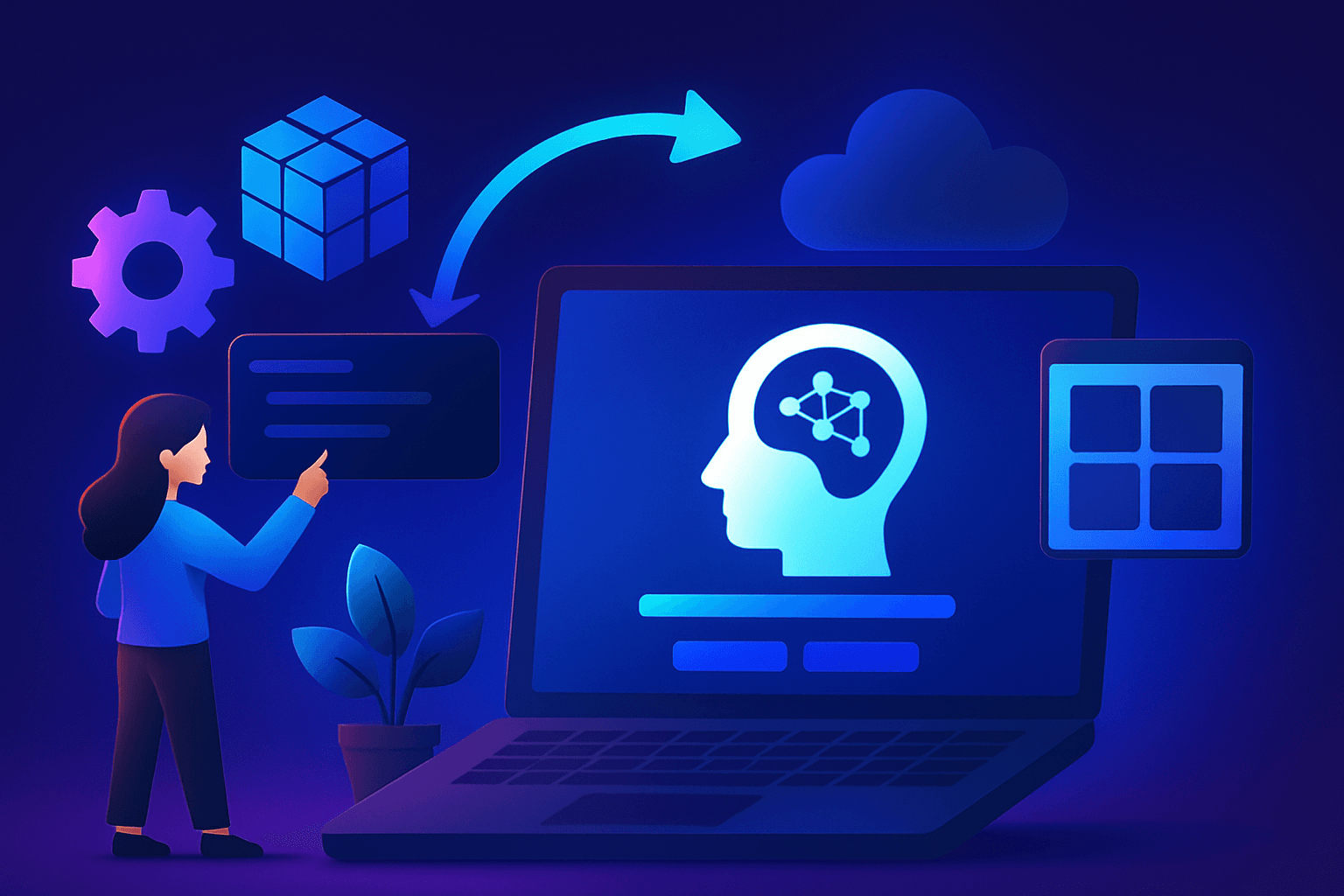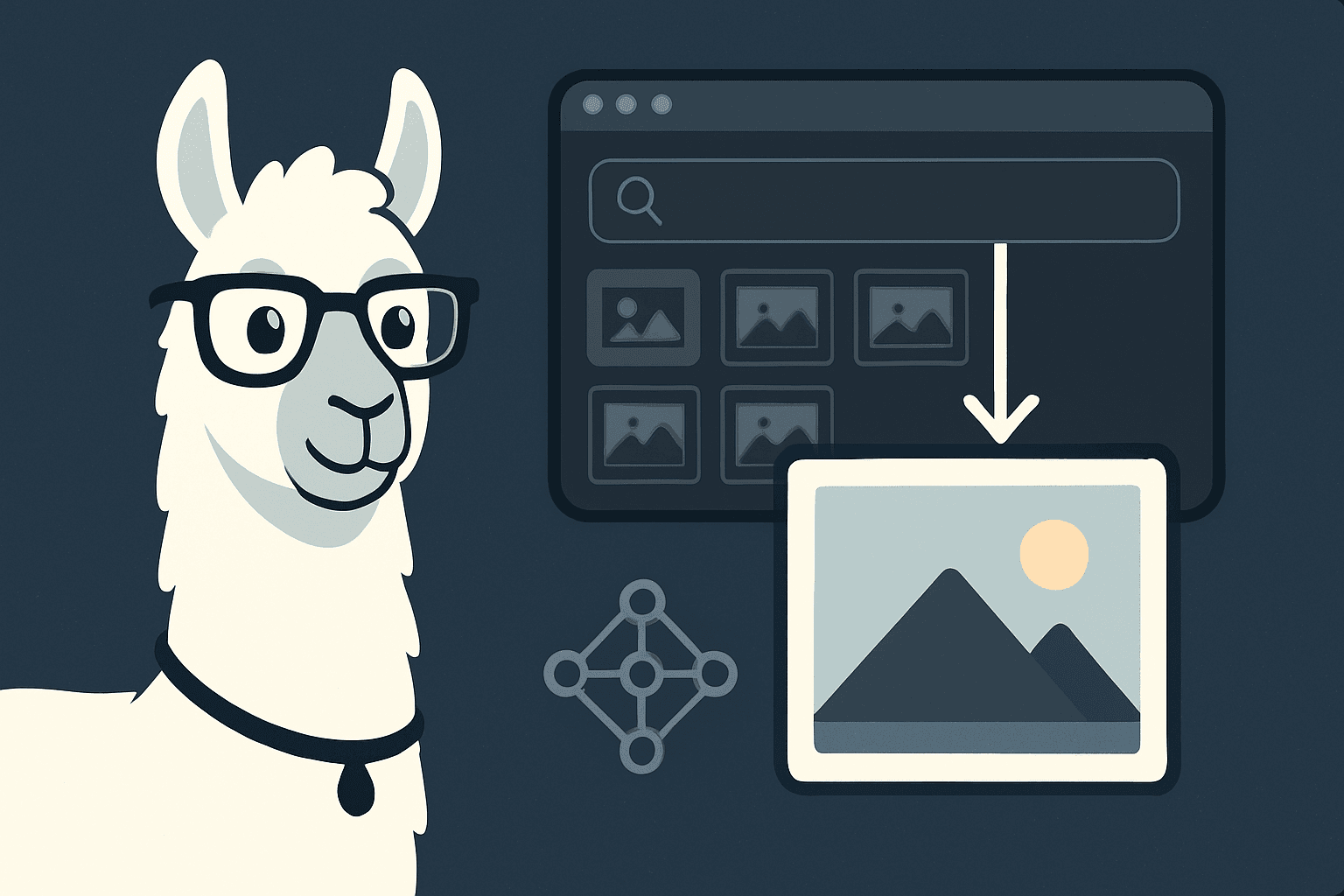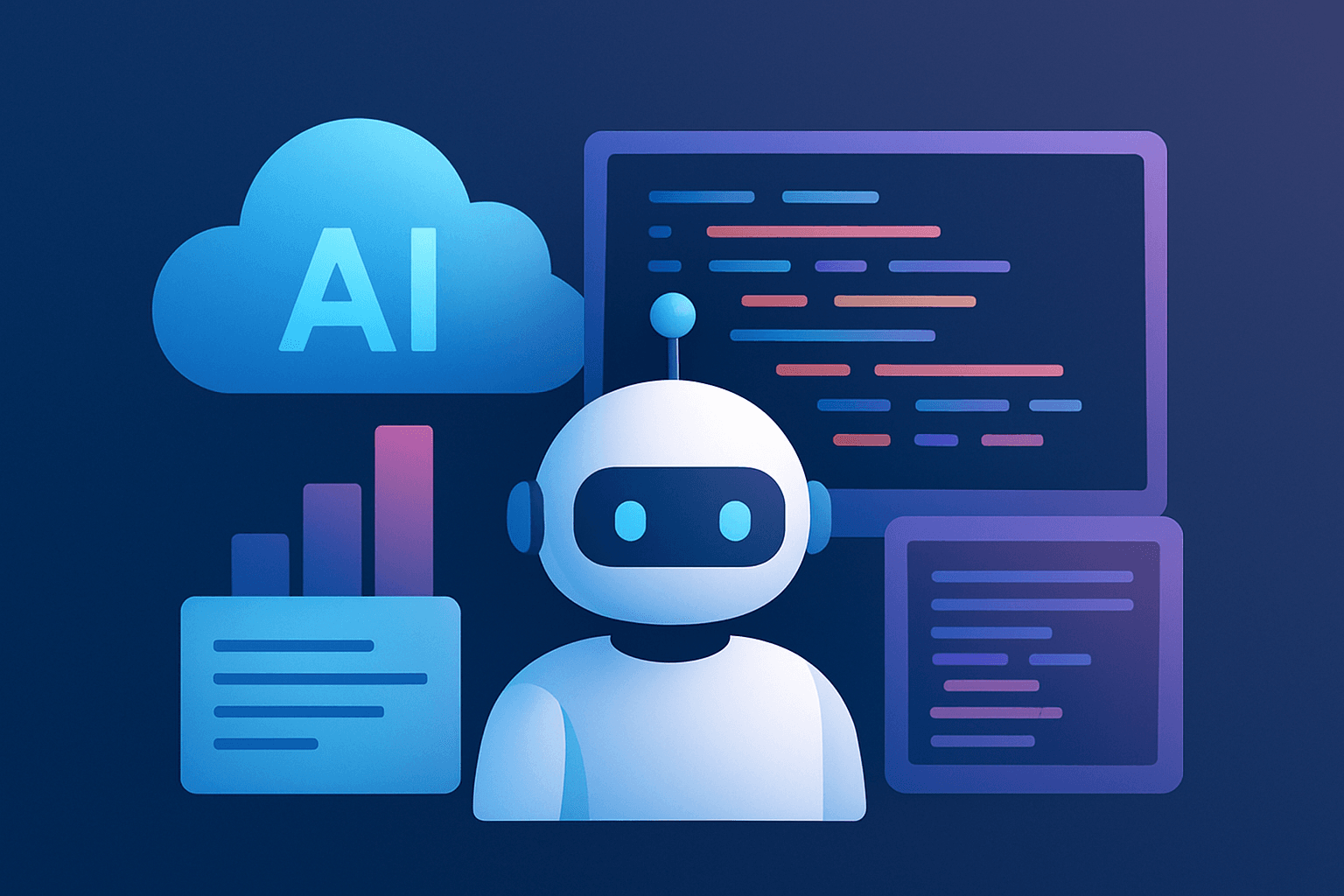For years, many business and IT executives have been suspicious of the public cloud — and even they used to avoid these services straight away — because of worry about security.
Those concerns have largely subsided as the cloud services market matured and the leading cloud providers built highly secure infrastructure. But it doesn’t mean the threats about security have gone away or that cloud customers should assume they’re now no longer responsible for their data protection.
Researchers have given some theories on this, out of them, One is that throughout the 2025 year, 90 per cent of the companies that fail to control public cloud use will unseemly share sensitive data. Another is that throughout the year 2024, a mass number of organizations will continue to struggle with appropriately measuring cloud security risks. And a third is that during the year 2025, 99 per cent of the cloud security failures will be because of the customer’s fault, not by the fault of the cloud provider.
Below are some best practices for strong security in the cloud environment.
1. Deploy identity and access management tools
By managing who has access to what data and services in the cloud should be the foundation of a cloud cybersecurity program.
In the public cloud, identifying is most likely the most important form of the virtual perimeter that can effectively reduce the attack surface area of possible contravention.
Administrative consoles and cloud-residing applications are probably accessible to anyone with an internet connection. As a result, the foundation of any strategy for maintaining control of an organization’s portion of the cloud is an effective identity and access management (IAM) strategy.
2. Deploy data encryption
Data encryption is one of the stronger security tools organizations can use to protect data if it somehow falls into the wrong hands.
Encryption also serves as a double-check for access control strategies. To read an encrypted object, an account must be present on two access control lists: that of the object itself and that of the key which encrypted the object.
3. Use Firewalls & antiviruses
A firewall enables protection against external threats and Internet activity. A firewall helps to protect from both known and unknown threats and blocking attacks that might take advantage of network vulnerabilities and unpatched systems.
Your account can be easily accessible by hackers if there is no proper protection in place for your infrastructure. In such cases, you are exposed to those viruses that provide access points to hackers. An antivirus detects malicious content and abnormal behaviour in Web-based applications.
4. Create a proper Off-boarding process for departing Employees
When an employee leaves the organization, make sure they do not have any access to your data, customer information, systems and cognitive properties.
As every employee likely has access to many different cloud applications and platforms, you need to have a systemized deregistering process to make sure that all the access rights for each departing employee are nullified.
5. Enable Backup
One of the foremost things to be considered while managing your data is to ensure that you should have backups for it. This is always recommended to have copies of your data so you can continue accessing them even if the original gets lost or corrupted.
You can further choose to back them up with the same cloud provider or in some other cloud storage or manually back up in an external storage device. To be on the safer side, it would be great if you could do both.
6. Make training and education a priority
Finally, as with any other cybersecurity initiative, educating users about security risks is vital. Migrating to the cloud is still a relatively new concept for many organizations and employees, so training and written guides for procedures needs to be a priority.
Educate yourself and your staff on cloud security. There are a number of educational documents and courses available to learn about security fundamentals in the cloud.
Cloud comes with its own set of benefits in many ways than one. But always keep in mind that security assurances can not be guaranteed, yet it is possible. Adopting a few security measures, like the above, can go a long way in maintaining safe files on and off the cloud.
If you still have questions or doubts in your mind, feel free to talk to our experts at E2E Networks, India’s leading secure and reliable cloud provider.









